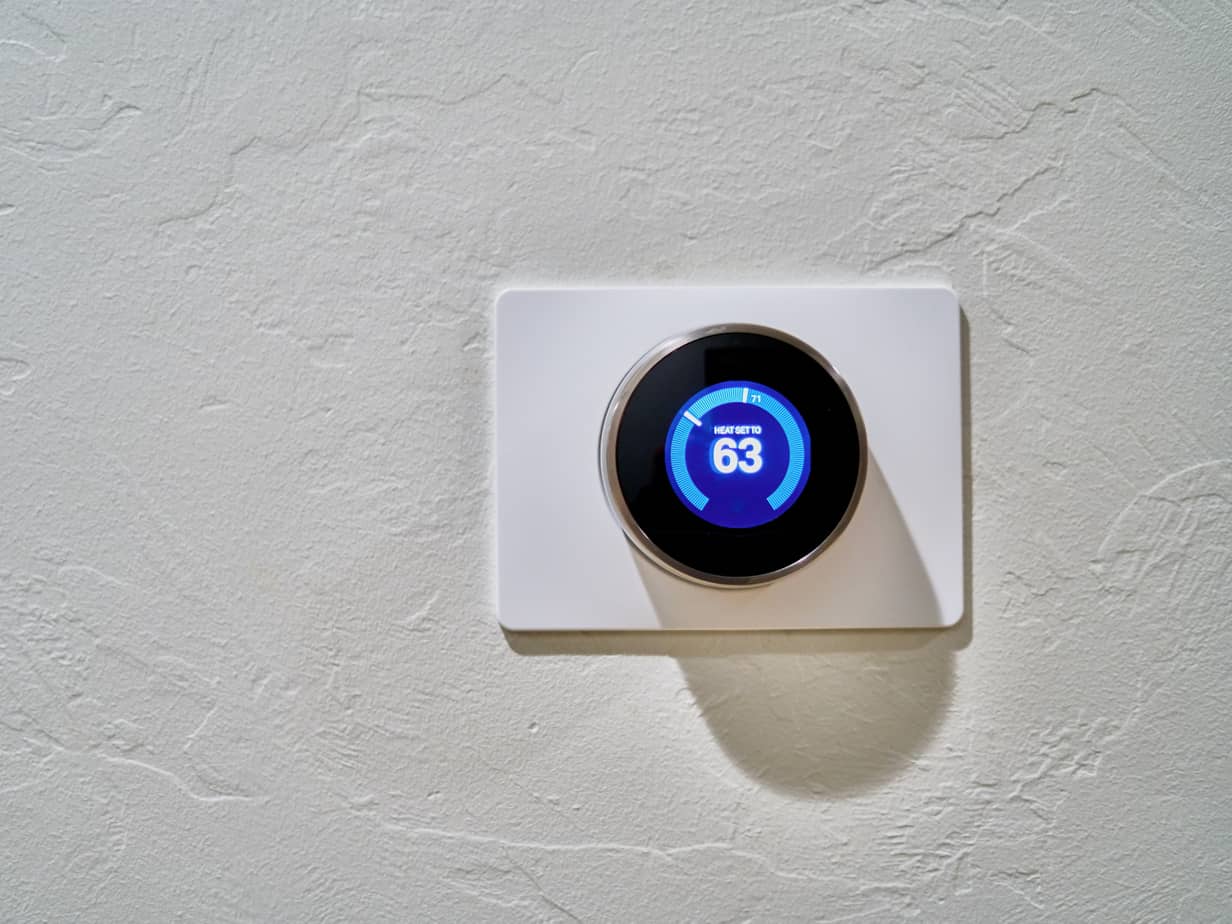
"According to The NPD Group, 22% of U.S. internet households reported owning a smart home device in Q4 2018, up from 17% in Q4 2017. Alongside ownership growth, 2018 saw an 18% dollar sales growth in home automation devices compared to 2017, and NPD’s latest Future of Tech forecast expects the category to reach $2.5 billion dollars by the end of 2019."
"According to the Connected Home Automation Report from NPD’s Connected Intelligence, smart home device awareness has reached 42% among non-owners; but growth in awareness is beginning to slow, indicating that the marketplace is maturing. Additionally, the report shows the largest increase in ownership occurred in the 35–54 age bracket, from 16 to 22%, a sign that the smart home concept is shifting from early adopter to mainstream consumer."
"This is further evidenced by the broader scope of retailers through which purchases are being made. In fact, consumers are increasingly buying smart home devices from cable/telco providers, home improvement stores, and pure play online retailers. Out of the more than 5,000 consumers surveyed who own a smart home device, 13% indicated making at least one smart home purchase through their cable/telco provider in Q4 2018, up six percentage points from year ago. The home improvement channel also realized sales growth, particularly in the smart entry category; where 27% of consumers reported purchasing in this channel in Q4 2018, up from 16% a year earlier. Finally, sales through pure play online retailers saw increases in smart power and smart lighting, with 51 and 38% of respondents indicating purchases were made in those categories through this channel in Q4 2018, up from 38% and 30% year ago."
Smart Home Product Buyers probably found these buying opportunities online. According to AudienceSCAN, last month, 64.1% of these shoppers used a search engine to research a product they were considering. Google is the preferred search engine of 91.7% of this audience. Additionally, these consumers are 97% more likely than others to find advertisements on their mobile apps useful and 60% more likely to find ads on social media handy.
“'As consumers become more familiar with smart home products we are seeing that they are more open to purchasing through a wider variety of channels,' said Weston Henderek, director, industry analyst for NPD Connected Intelligence. 'This demonstrates the importance of having strong retail distribution across a wider number of retailer categories for smart home OEMs.'”
Smart Home Product Buyers are influenced by many advertising media formats. For starters, last year, digital advertisements swayed many of these buyers, including ads on daily deals sites such as Groupon (62.8%), email ads (62.5%) and text link ads on websites (50.1%), according to AudienceSCAN. Traditional media is also useful in advertising campaigns since, last year, these consumers also took action after seeing TV commercials (74.7%), direct mail ads (68.2%) and ads in both print and digital magazines (59%).
AudienceSCAN data is available for your applications and dashboards through the SalesFuel API. Media companies and agencies can access AudienceSCAN data through the AudienceSCAN Reports in AdMall.
